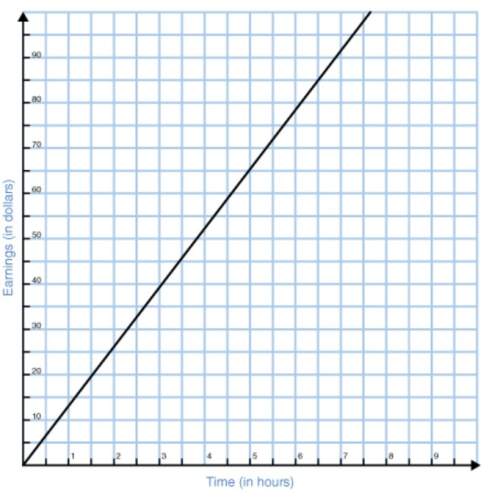
Mathematics, 20.09.2021 15:20 jules2629
Find the perimeter of quadrilateral $ABCD$ . Round your answer to the nearest hundredth.
A trapezoid A B C D is plotted on a coordinate plane. A D represents the longer base and B C represents the shorter base. Vertex A lies at ordered pair negative 5 comma 4. Vertex B lies at ordered pair 0 comma 3. Vertex C lies at ordered pair 4 comma negative 1. Vertex D lies at ordered pair 4 comma negative 5. A line is drawn from vertex B and intersects line A D at point F plotted at ordered pair negative 2 comma 1. A line is drawn from vertex C and intersects the line A D at point E plotted at ordered pair 2 comma negative 3.
The perimeter is about
units.

Answers: 3


Another question on Mathematics

Mathematics, 21.06.2019 20:30
Solve each quadratic equation by factoring and using the zero product property. 14x - 49 = x^2
Answers: 2

Mathematics, 21.06.2019 22:20
As voters exit the polls, you ask a representative random sample of voters if they voted for a proposition. if the true percentage of voters who vote for the proposition is 63%, what is the probability that, in your sample, exactly 5 do not voted for the proposition before 2 voted for the proposition? the probability is
Answers: 2

Mathematics, 21.06.2019 22:30
]supplementary angles are two angles that add up to . • complementary angles are two angles that add up to degrees. • adjacent angles share a and a • congruent angles have the measure. • an triangle has one angle that is greater than 90 degrees. • a triangle with angles 45°, 45°, and 90° would be a triangle
Answers: 2

Mathematics, 21.06.2019 23:00
The equation shown below represents function f. f(x)= -2x+5 the graph shown below represents function g. which of the following statements is true? a. over the interval [2, 4], the average rate of change of f is the same as the average rate of change of g. the y-intercept of function f is less than the y-intercept of function g. b. over the interval [2, 4], the average rate of change of f is greater than the average rate of change of g. the y-intercept of function f is greater than the y-intercept of function g. c. over the interval [2, 4], the average rate of change of f is the same as the average rate of change of g. the y-intercept of function f is greater than the y-intercept of function g. d. over the interval [2, 4], the average rate of change of f is less than the average rate of change of g. the y-intercept of function f is the same as the y-intercept of function g.
Answers: 1
You know the right answer?
Find the perimeter of quadrilateral $ABCD$ . Round your answer to the nearest hundredth.
A trapezo...
Questions

Spanish, 11.11.2020 19:00

Mathematics, 11.11.2020 19:00



Mathematics, 11.11.2020 19:00

Chemistry, 11.11.2020 19:00

Arts, 11.11.2020 19:00




Mathematics, 11.11.2020 19:10


Mathematics, 11.11.2020 19:10


Mathematics, 11.11.2020 19:10

Mathematics, 11.11.2020 19:10

Chemistry, 11.11.2020 19:10

Mathematics, 11.11.2020 19:10


Mathematics, 11.11.2020 19:10




